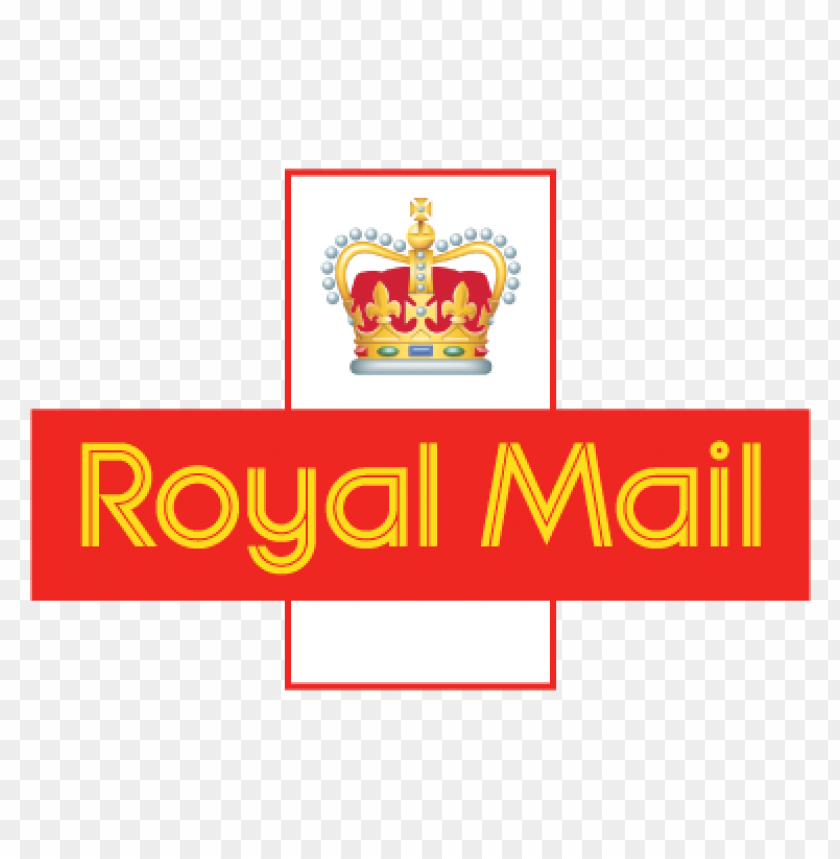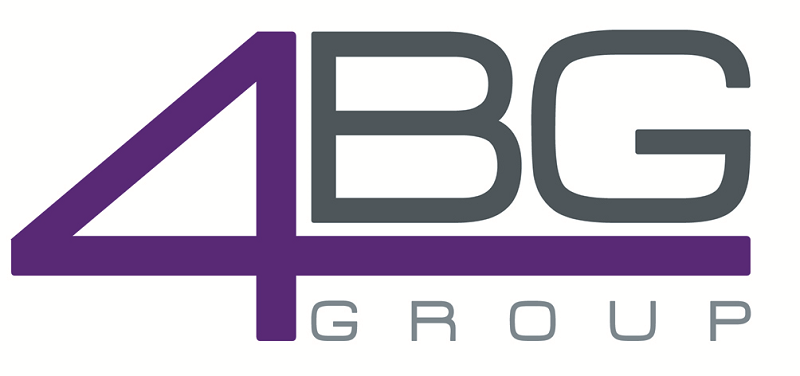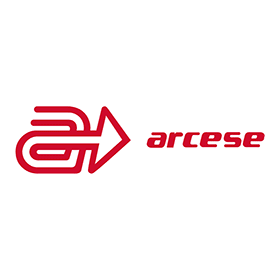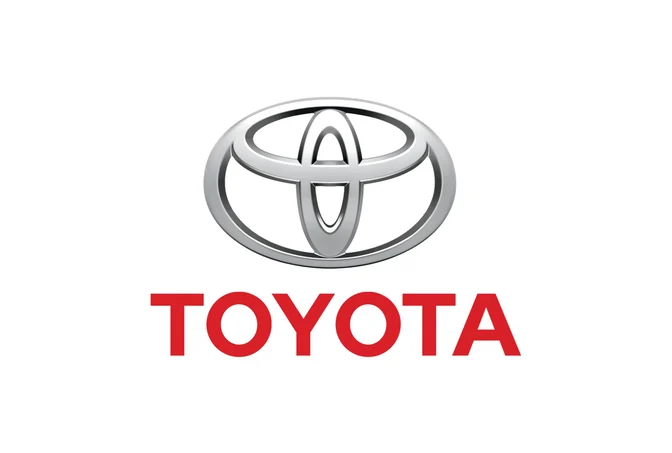Industrial Epoxy Flooring Systems
Heavy-Duty Solutions for Production & Manufacturing Facilities
What Makes Industrial Flooring Different?
Industrial flooring faces unique demands including 24/7 forklift operations, chemical exposure from pH 2-14, and temperature variations exceeding 50°C. Our 20 years of London installations have shown that standard coatings fail within 18 months under these conditions. Purpose-engineered industrial systems incorporating 6-12mm resin thickness maintain performance for 15-20 years.
System specifications address impact resistance at 15N/mm², accommodating dropped tools from 3-metre heights and 10-tonne point loads. Broadcast aggregate at 2-3kg/m² creates permanent R11-R13 slip resistance integrated throughout the coating depth. Vibration dampening properties reduce machinery resonance by 40%, protecting both equipment mountings and the substrate beneath.
Site analysis determines precise material selection through traffic mapping, chemical inventory review, and thermal cycling measurements. Forklift density exceeding 100 movements daily requires 9mm minimum thickness with reinforced turning zones. Chemical exposure matrices match resin chemistry to specific substances, while hygiene protocols dictate surface roughness between 0.5-1.0μm Ra. This specification process ensures optimal performance without unnecessary over-engineering.
Why Leading Industries Choose Our Systems
How Do We Handle Operational Challenges?
Phased installation maintains 70% operational capacity throughout projects. Zone sizes of 500-1,000m² complete during 48-72 hour maintenance windows, with MMA rapid cure flooring achieving chemical resistance in 48 hours versus standard 7-day cure cycles. Weekend shifts from Friday 18:00 to Monday 06:00 complete 2,000m² including full line marking.
Surface preparation utilises 480V three-phase equipment achieving 200m²/hour productivity. Diamond grinding creates CSP-3 to CSP-5 profiles at 1-2mm depth, while shot blasting removes contamination to virgin concrete. Crack repairs follow ACI 224R guidelines with 10mm minimum routing width and flexible polyurethane sealants accommodating 25% movement. Pull-off adhesion testing confirms 3.5N/mm² minimum bond strength before coating application.
Safety demarcation uses RAL colour standards integrated at 2mm depth within the floor buildup. Yellow walkways at 1.2m width meet HSG 104 requirements, red emergency zones extend 3m from equipment, green safe areas indicate 5-metre machinery clearance. Photoluminescent strips achieve 150mcd/m² brightness for emergency egress marking. Bay numbering uses 300mm character height visible from 20 metres distance.
Which Industries Benefit Most from Our Systems?
Automotive manufacturing requires resistance to 150°C oil temperatures, metal particle abrasion, and 500+ daily forklift movements. Polyurethane-modified epoxy at 6-8mm thickness provides 30% elongation capacity handling thermal expansion from -5°C to +60°C. Wear measurements show 0.3-0.5mm degradation after 10 years under continuous traffic, maintaining slip resistance throughout service life.
Electronics assembly demands static-dissipative properties maintaining 10⁴-10⁶ ohms resistance per BS EN 61340-5-1. Carbon fibre mesh at 200g/m² creates conductive pathways earthed to building ground systems. Surface resistance testing at 1-metre grids ensures uniform dissipation below 35V charge generation. Our 50,000m² installation portfolio includes Samsung, Intel, and ARM semiconductor facilities requiring <10⁵ ohms performance.
Steel processing environments impose 50-tonne point loads from coil storage and 12mm minimum thickness requirements. Broadcast quartz at 5kg/m² provides cutting fluid resistance while maintaining R12 slip ratings. Expansion joints receive 75mm x 75mm x 6mm steel angles anchored at 300mm centres, with polyurethane sealants accommodating 15mm building movement. Surface profiles withstand contamination from neat cutting oils and metallic particles.
What's the Real Cost of Industrial Flooring?
Standard industrial systems cost £11-15 per m² for 6mm applications, increasing to £18-22/m² for specialised chemical-resistant or anti-static specifications. Total cost analysis shows annual maintenance savings of £8-12/m² compared to painted concrete requiring quarterly recoating. Accident reduction averaging 65% delivers additional savings through lower insurance premiums and reduced lost-time incidents.
Case study data from 200+ installations demonstrates rapid ROI. A 5,000m² pharmaceutical facility investing £75,000 recovered costs within 18 months through elimination of £40,000 annual repair budgets and £25,000 production losses. GMP audit scores improved from 82% to 97% following seamless floor installation, securing preferred supplier status worth £2.3 million annually.
Payment structures accommodate project scales with 30% deposit, 40% mid-point, and 30% completion terms standard for projects exceeding £50,000. Quotations itemise preparation at £3-5/m², materials at £6-8/m², installation at £4-5/m², and line marking at £2-3/m². Fixed-price contracts include 5% contingency allowances, eliminating variation claims. Finance options through asset leasing partners enable 3-5 year payment schedules.
Industry Accreditations & Standards





Trusted by Leading Industries




View Some of Our Previous Work





Frequently Asked Questions
Installation timelines average 5-7 days per 1,000m² following established sequences. Days 1-2: surface preparation achieving 200m²/day grinding rates and crack repairs. Days 3-4: primer at 300g/m² followed by 3mm base coat application. Day 5: topcoat and line marking installation. Rapid-cure MMA systems compress schedules to 3 days with 12-hour light traffic and 48-hour full operational readiness.
Overlay applications work on concrete achieving 1.5N/mm² tensile strength, existing tiles with <5% moisture content, and sound resin surfaces passing adhesion testing. Assessment includes pull-off tests targeting 2.0N/mm² minimum and calcium carbide moisture readings below 75% RH. Failed coatings require complete removal via diamond grinding, while sound surfaces receive mechanical preparation and compatible primer systems.
Standard epoxy resists acids to pH 3, alkalis to pH 12, mineral oils, and common solvents for 365-day immersion periods. Chemical resistance tables document performance against 200+ substances at concentrations from 10-98% and temperatures to 60°C. Vinyl ester and novolac systems handle 98% sulphuric acid, 50% sodium hydroxide, and methylene chloride exposure. Testing follows BS EN 13529 protocols confirming resistance specifications.
Downtime minimisation employs multiple strategies including weekend shifts Friday 18:00-Monday 06:00, night work 22:00-06:00, and phased 500m² sections maintaining 70% capacity. Fast-track MMA achieves 48-hour full cure versus 7-day standard epoxy cycles. Mobile containment units with HEPA filtration isolate 200m² work zones while maintaining Class 100,000 air quality in adjacent operational areas.
20-year warranties cover delamination, wear exceeding 0.2mm annually, and chemical resistance degradation below specification. Insurance backing through QBE provides £10 million coverage protecting against contractor insolvency. Annual inspections document thickness readings, adhesion testing, and photographic condition records. Maintenance manuals specify pH-neutral cleaning at 7-8 pH, repair procedures for <50mm² damage, and recoat intervals at 10-12 years.
Ready to Upgrade Your Industrial Floors?
Get expert advice and a free quotation from London's industrial flooring specialists